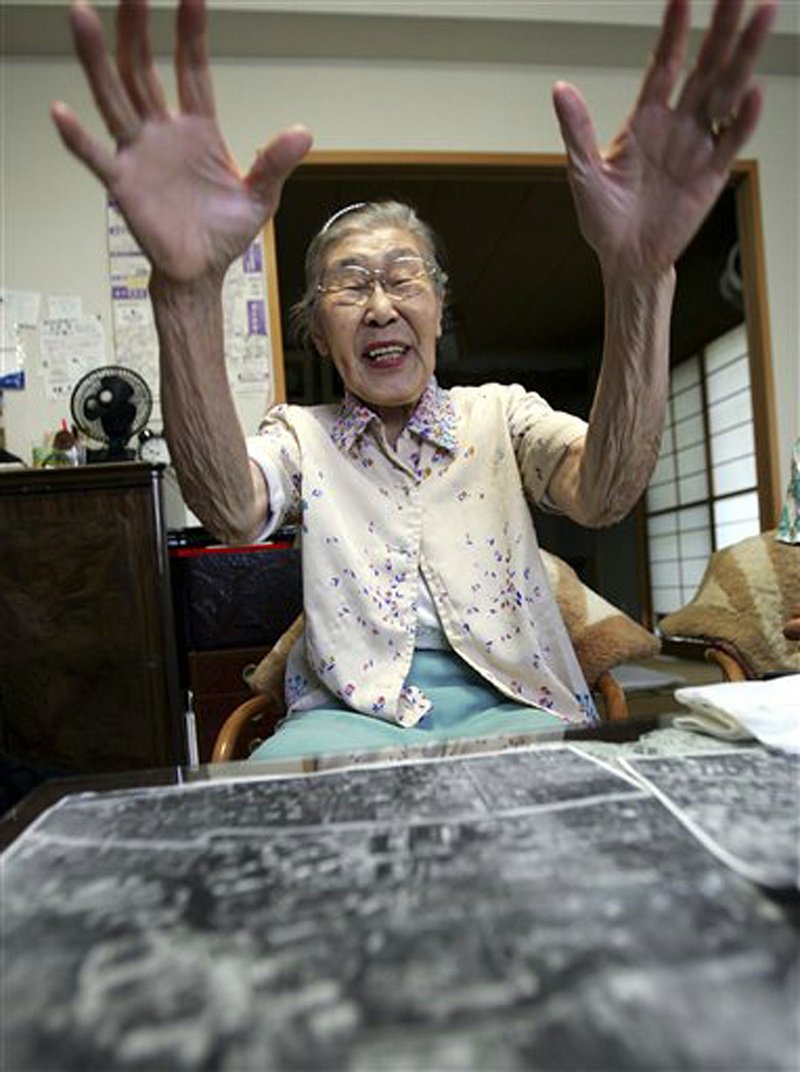TOKYO — Japan began excavations Monday at a former army medical school to search for human remains linked to a World War II program that purportedly conducted biological warfare in China and live experiments on foreign prisoners of war.
There is no certainty the excavation will unearth anything, but it is a sign that the government is open to the possibility of facing its long-kept wartime secrets, including the experiments conducted by the military’s shadowy Unit 731.
Its activities have never been officially acknowledged by the government even though historians and participants have documented them.
Monday’s excavation is the first government probe of the Tokyo site. It follows a former nurse’s revelation that she helped bury body parts there as American forces began occupying the capital at the end of the war.
“If the bones or organs with traces of live medical experiments are found, the government would have to admit a wartime medical crime,” said Yasushi Torii, head of a civil group investigating the case for decades.
“This is a start, although we probably need more evidence to prove Unit 731’s role,” said Torii, as he watched a machine and workers using hand-held shovels carefully dig part of the plot.
From its wartime base in Japanese-controlled Harbin in northern China, Unit 731 and related units injected war prisoners with typhus, cholera and other diseases that they mass produced to research germ warfare, according to historians and former unit members. Unit 731 also is believed to have performed vivisections and to have frozen prisoners to death in endurance tests.
Historians estimate the number of the unit’s victims from the thousands to as many as 250,000 - mostly Chinese but they also may have included other nationalities. They believe some victims’ remains were transferred from China to Tokyo for analysis.
A Japanese court in 2002 acknowledged the unit’s germ warfare in China but ruled that Japan had no obligation to atone to the victims. After years of denial, Tokyo acknowledged Unit 731’s existence but has never disclosed details of its activities.
Unit leaders were spared prosecution in exchange for turning over information to the U.S., and given top posts in Japan’s pharmaceutical industry, medical schools or the health ministry.
While the excavation was promised about five years ago under the previous conservative administration, authorities had held off until the scheduled relocation of residents and the demolition of apartments on the site last year.
The Democrats, who overthrew the conservative Liberal Democratic Party in 2009, have generally been “more open to the idea of taking an account of what happened in history and trying to turn a new page,” said Koichi Nakano, a political science professor at Sophia University in Tokyo.
The former nurse, Toyo Ishii, now 88, broke 60 years of silence in 2006, saying she and colleagues at an army hospital at the site were ordered to bury numerous corpses, bones and body parts during the weeks after Japan’s Aug. 15, 1945, surrender before American troops arrived in the capital.
Front Section, Pages 2 on 02/23/2011
